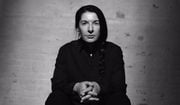Get Access
Join Ocula to request price and availability of artworks, exhibition price lists and build a collection of favourite artists, galleries and artworks.
Thank you for joining us. Just one more thing...
Soon you will receive an email asking you to complete registration. If you do not receive it then you can
check and edit the email address you entered.
Thank you for joining us.
You can now request price and availability of artworks, exhibition price lists and build a collection of favourite artists, galleries and artworks.
Close
Welcome back to Ocula
Enter your email address and password below to login.
Reset Password
Enter your email address to receive a password reset link.
Reset Link Sent
We have sent you an email containing a link to reset your password. Simply click the link and enter your new password to complete this process.
Login
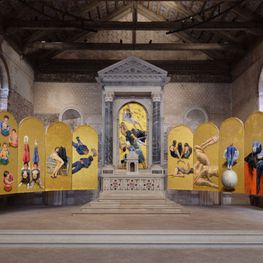 Yu Hong's Subjects Are Born to Die in Venice Church
Yu Hong's Subjects Are Born to Die in Venice Church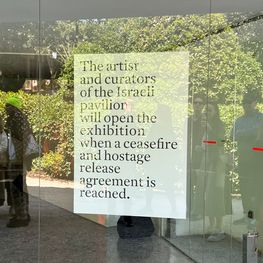 Israel Pavilion Closes Pending Ceasefire and Hostage Release
Israel Pavilion Closes Pending Ceasefire and Hostage Release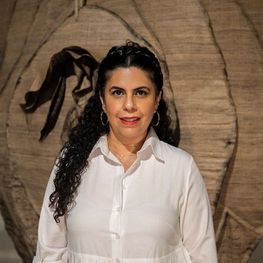 Manal AlDowayan: ‘Everyone wants to define the Saudi woman’
Manal AlDowayan: ‘Everyone wants to define the Saudi woman’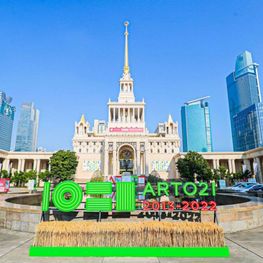 Shanghai Fair ART021 to Launch in Hong Kong This Summer
Shanghai Fair ART021 to Launch in Hong Kong This Summer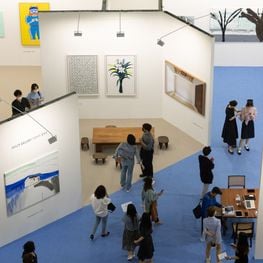 Art Busan Returns in May with Strengthened ‘Connect’ Section
Art Busan Returns in May with Strengthened ‘Connect’ Section